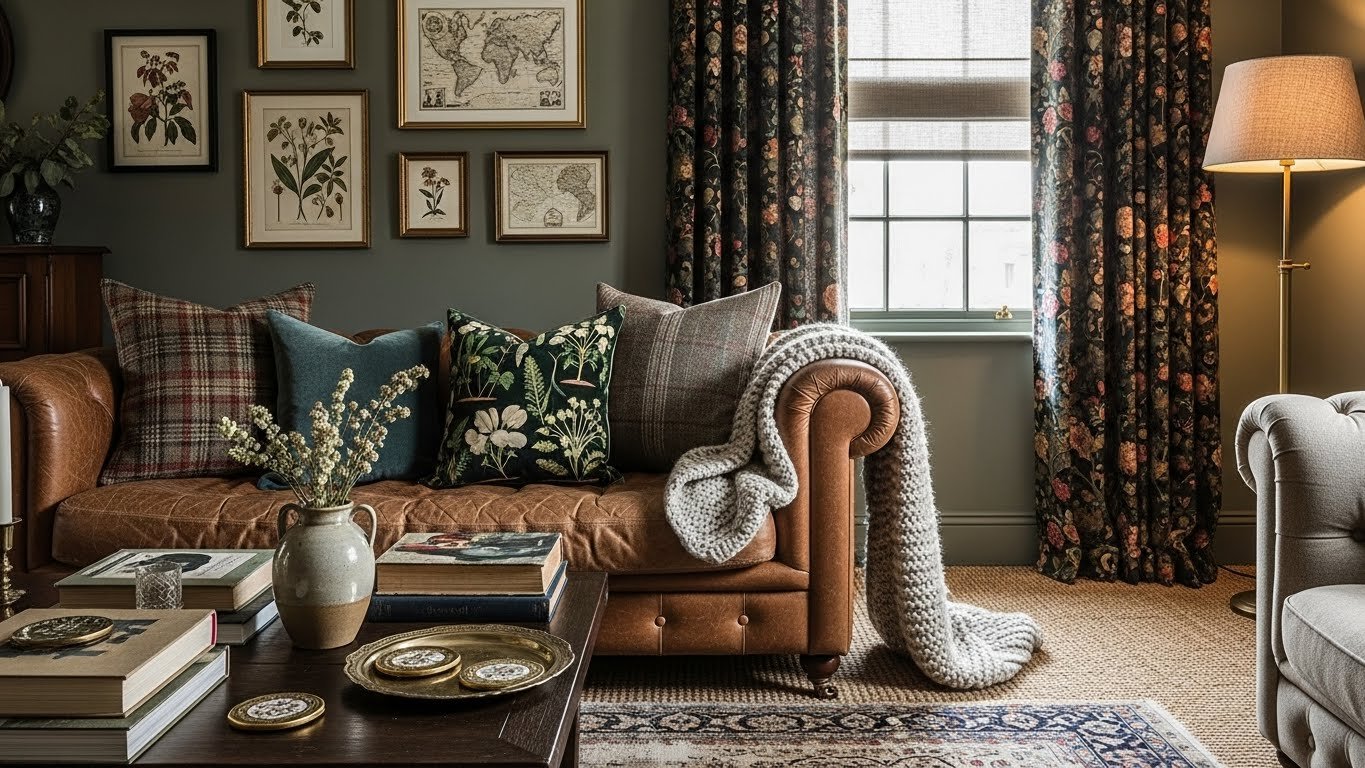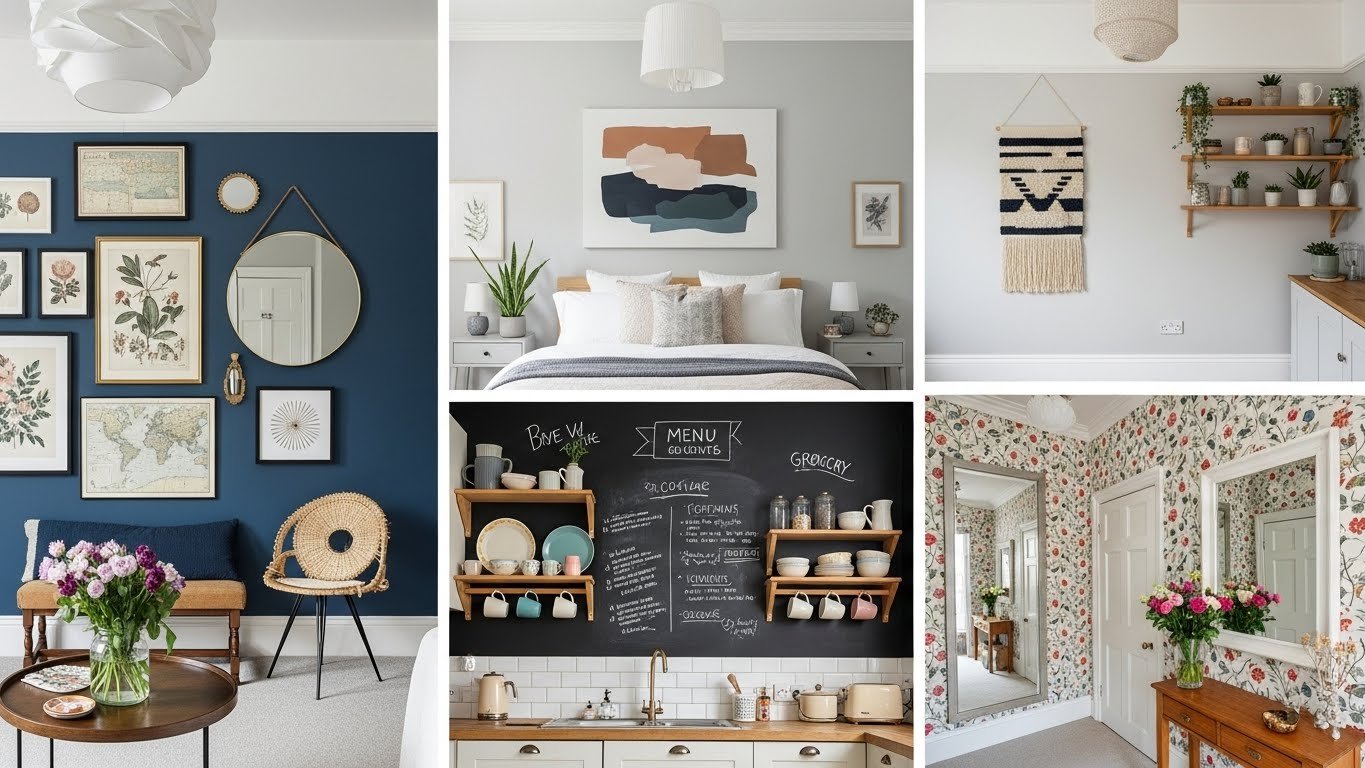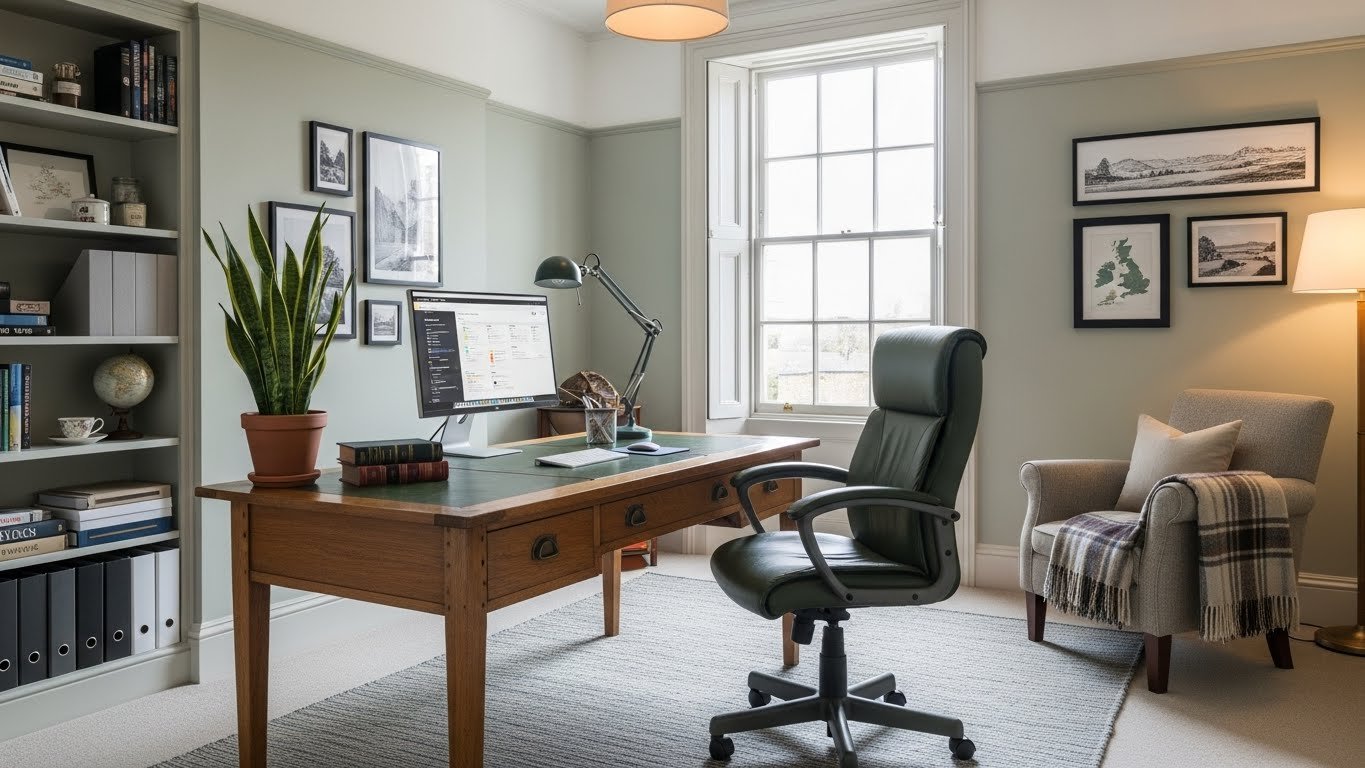Make your living room warm and welcoming with the right rug and texture layering.
By mixing different textures and patterns, you can make your space look great. It adds depth and character to your decor.
Exploring home decor styles shows that balance is key. In this article, we’ll share 7 rug and texture layering ideas to enhance your living room.
The Art of Texture Layering for Visual Impact
To add depth and visual interest to your living room, understanding texture layering is key. It’s about mixing different textures to make a space look good and lively.
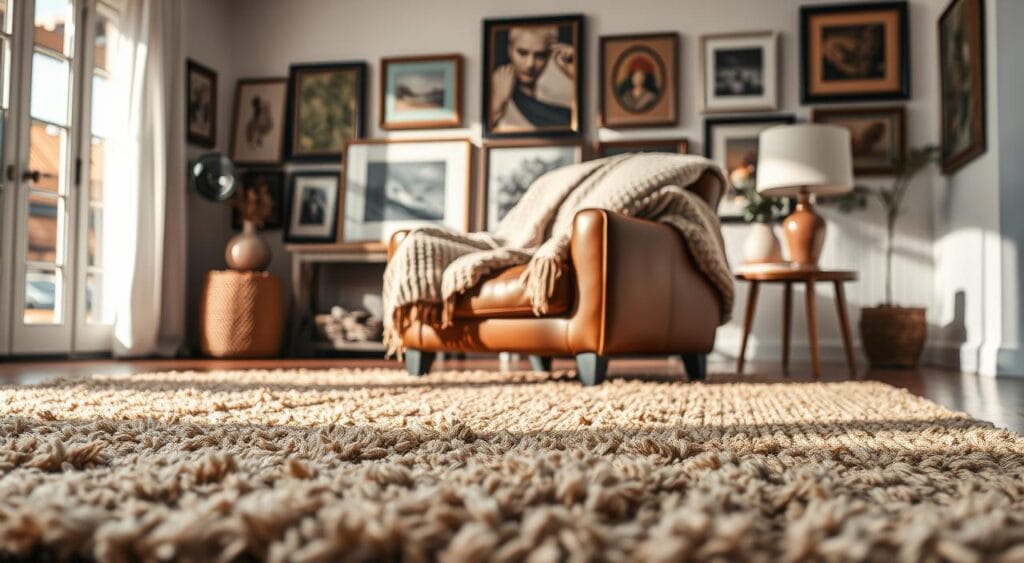
Why Texture Matters in Interior Design
Texture is vital in interior design. It brings depth and feel to a room. Various textures can make a room feel warm or cool, depending on the material.
For example, soft fabrics like velvet or linen make a room feel cozy. On the other hand, metallic or glass adds a touch of elegance.
How Layering Creates Depth and Interest
Layering textures is a great way to add depth and interest to your living room. Mixing smooth and rough textures, or soft and hard elements, makes a space lively and engaging. You can use rugs, throw pillows, blankets, and more to achieve this.
For instance, placing a plush area rug over a natural fibre rug warms up the room. Mixing textures with throw pillows and blankets also boosts your furniture’s look.
Transform Your Living Room with Strategic Texture Placement
A well-designed living room uses a variety of textures. These are placed carefully to make the space welcoming and inviting. Understanding how textures work together and balancing them is key.
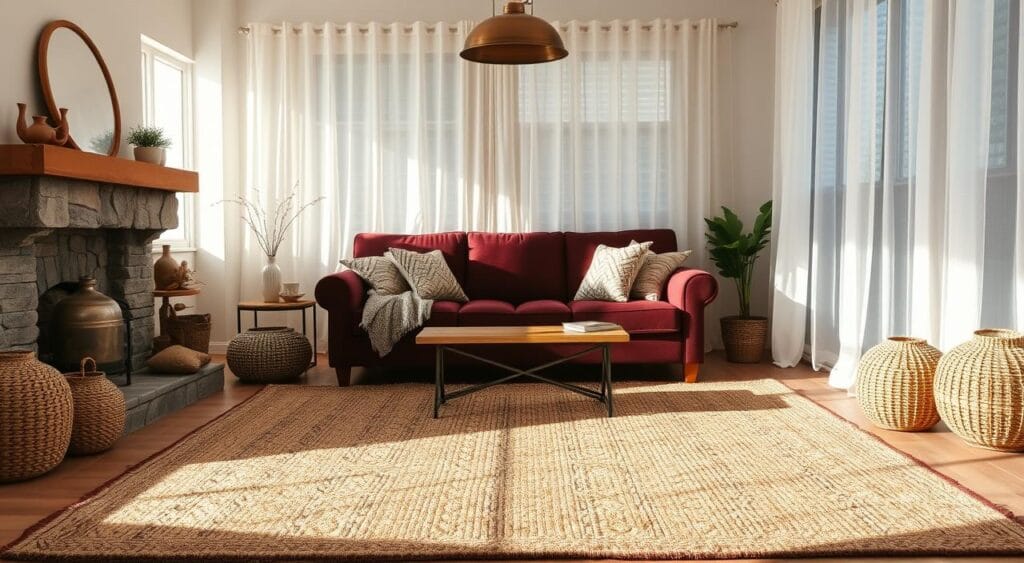
Understanding Texture Contrasts
Texture contrasts happen when different textures meet in a space. Contrasting textures add depth and interest. For instance, a smooth leather sofa paired with a chunky woven rug is striking.
Balancing Soft and Hard Textures
It’s important to balance soft and hard textures for a warm atmosphere. Soft textures like plush rugs and throw blankets warm the space. Hard textures like wood and metal add structure. Mixing both makes your living room feel just right.
Colour Coordination in Texture Layering
Colour is key when layering textures. When mixing textures, think about their colours. A consistent colour scheme unifies disparate textures, making your space look good. Use a main colour and accent colours to link different textures.
Here are some tips for layering textures:
- Begin with a neutral base, like a plain rug or simple sofa.
- Add contrasting textures, like a chunky throw or smooth vase.
- Balance soft and hard textures to avoid overwhelming the space.
- Use colour coordination to tie together different textures.
Idea1: Layering Multiple Rugs for Depth and Dimension
Layering rugs adds texture and depth to your living area. It creates a layered look that warms and characterises your space.
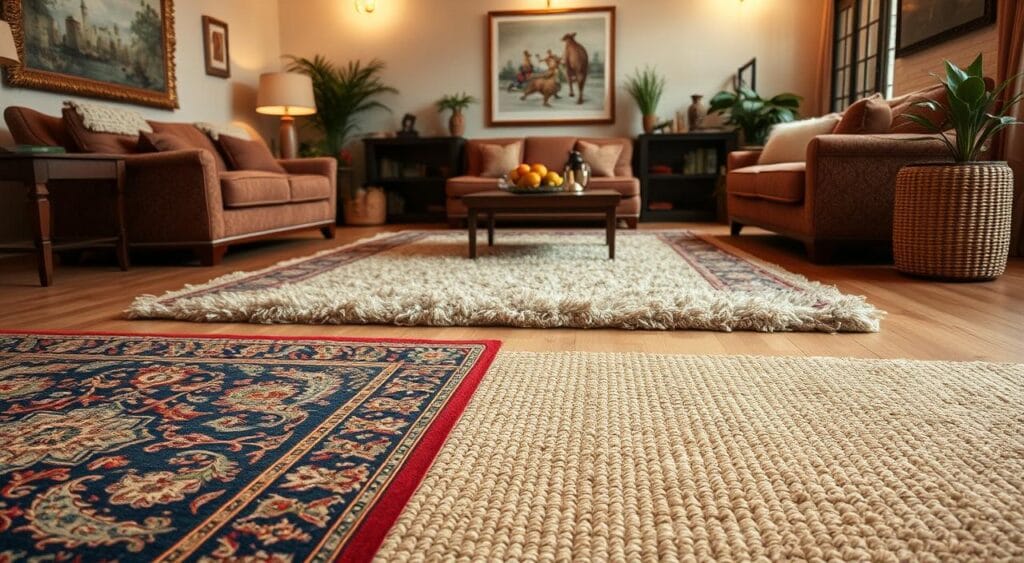
Selecting Complementary Rug Sizes and Shapes
Choosing the right rug sizes and shapes is key. Mixing different sizes can make your space unique. For example, a large rug with a smaller one can define areas.
Small vs. Large Rug Combinations
A small rug on a large one can create a snug reading spot. Two large rugs together make a bold statement, if their patterns or textures match.
Positioning Techniques for Multiple Rugs
Where you place your rugs matters a lot. Try placing a smaller rug at an angle to a larger one for interest. Experimenting with positions can help you find the perfect layered look.
Pattern Mixing Strategies That Work
Mixing patterns can seem daunting, but it can add depth and beauty. Start with a main pattern and add a secondary one that complements it. Make sure the scale and colours match.
Step-by-Step Guide to Layering Two Rugs
Layering two rugs is easy with a clear plan. Start with a base rug, which should be larger and neutral. Then, pick a secondary rug for colour or texture. Place the secondary rug on top, adjusting it until you’re happy with the look. Secure the rugs with double-sided tape or a non-slip underlay to keep them in place.
Idea2: Incorporating Natural Fibres for Organic Texture
Adding natural fibres to your living room decor can make it unique. Fibres like jute, sisal, and seagrass are great for rugs and decor. They add warmth and depth to any room.
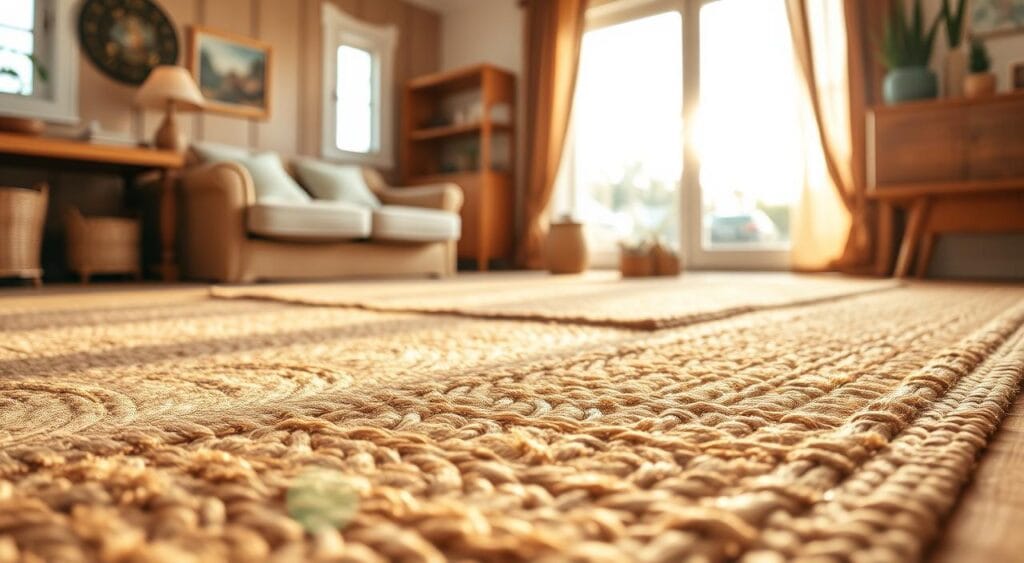
Jute, Sisal and Seagrass Options
Jute, sisal, and seagrass offer different textures and patterns. Jute is soft and warm, perfect for a cosy feel. Sisal is durable and rough, great for busy areas. Seagrass adds elegance with its natural shine.
How to Combine Natural Fibres with Softer Elements
To soften natural fibres, mix them with plush cushions or soft throws. This mix creates a welcoming space. For example, a jute rug with a velvet sofa or seagrass baskets with soft pillows enhance the room’s look.
Practical Maintenance Tips for Natural Fibre Rugs
Keep natural fibre rugs clean by vacuuming regularly and spot cleaning when needed. Rotate them to avoid uneven wear. For tough stains, use a mild detergent but test first. Regular care keeps your rugs looking great.
Idea3: Creating Textile Variety in Your Living Room
Adding different textures to your living room can make it more welcoming. Mixing various materials and colours can make your space unique. This way, you can create a room that feels special and looks great.
Strategic Cushion and Throw Combinations
Cushions and throws can change how your living room looks and feels. Using materials like velvet, linen, wool, and cotton can make your room look rich and interesting.
Mixing Textures: Velvet, Linen, Wool and Cotton
Using velvet for luxury, linen for a natural feel, wool for warmth, and cotton for comfort can add depth. Mixing these textures can help you find the perfect look for your room.
Arranging Textiles for Maximum Impact
How you place cushions and throws matters a lot. Try arranging them to highlight your favourite textiles. This can make your room’s focal point stand out.
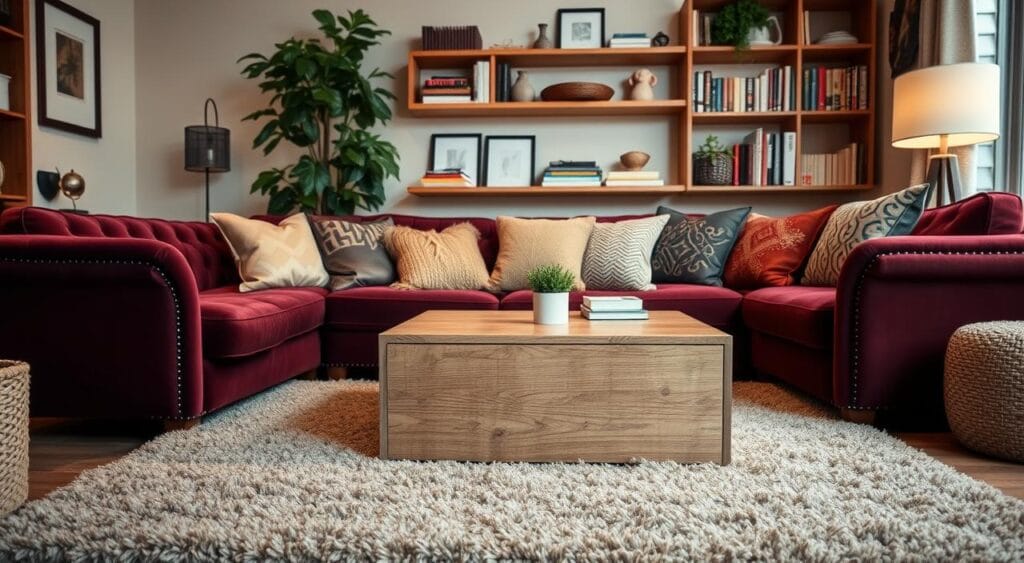
Upholstery Selection for Textural Contrast
Choosing the right upholstery is key for contrast in your living room. Pick fabrics that either match or contrast with others. This will make your room more visually appealing.
Seasonal Texture Variations Made Simple
Changing your textiles with the seasons can keep your room looking fresh. Use lighter fabrics and brighter colours in spring and summer. Switch to heavier, warmer textures in autumn and winter. This makes your room feel current and inviting.
As
“The right textiles can completely transform a room, making it feel cosier and more welcoming.”
, choosing the right textiles is important. It can make your living room feel more welcoming and special.
Idea4: Using Pattern to Create Visual Texture
Pattern mixing is an art that can make your living room look amazing. It adds a rich, engaging feel that shows off your style.
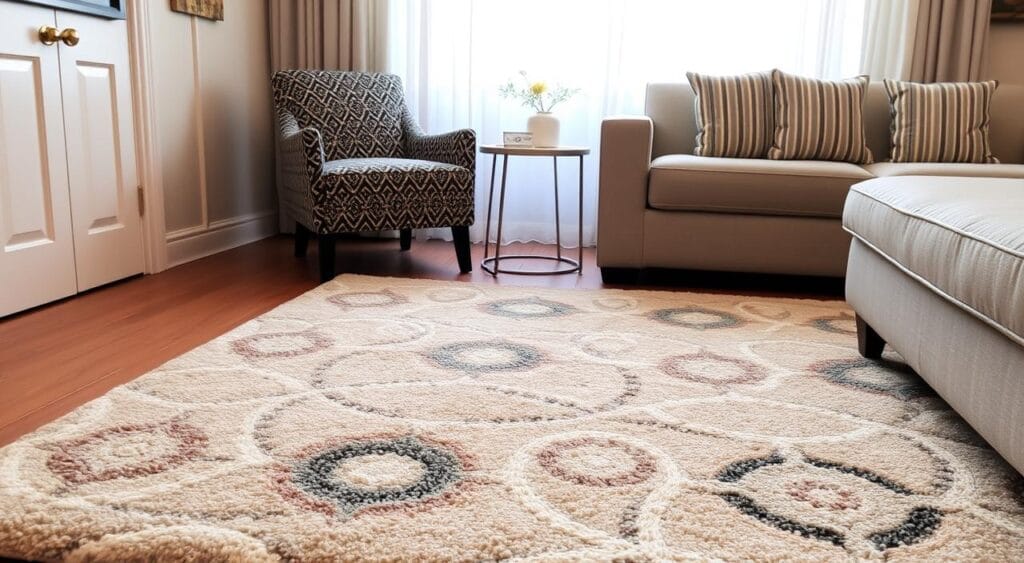
It’s important to know the difference between geometric and organic patterns. Geometric patterns, like chevrons and hexagons, give a modern vibe. Organic patterns, such as florals and abstracts, add warmth and natural beauty.
Geometric vs. Organic Patterns: When to Use Each
Geometric patterns are great for a modern look. Organic patterns suit traditional or natural themes. Mixing them creates a unique, balanced look.
Scale Considerations in Pattern Selection
The size of patterns matters a lot. Big patterns make a bold statement, while small ones add subtle texture. It’s important to balance sizes to avoid too much.
How to Define Living Room Zones with Patterned Rugs
Patterned rugs help divide your living room into zones. Choose rugs with different patterns to separate areas for sitting, reading, or dining. This makes your space both functional and beautiful.
By carefully choosing patterns and their sizes, you can make your living room more inviting. It becomes a space that’s both beautiful and engaging.
Idea5: Balancing Furniture Textures and Materials
To make your living room look good, it’s key to balance different textures and materials. This balance is not just about looks. It’s also about making a space that feels relaxing and good for talking.
Wood, Metal and Glass: Creating Harmony
Using wood, metal, and glass together can make your living room more interesting. For example, a wooden coffee table can go well with metal on your sofa or chairs. Glass vases or decorations can add elegance. The trick is to find something they all have in common, like a similar colour or texture, to make them work together.
Incorporating Leather and Fabric Elements
Leather and fabric can really change how your living room feels. Leather, like on a sofa or armchair, brings a sleek, classy vibe. Fabric, like throw pillows and blankets, adds warmth and comfort. Mixing these can make your space feel rich and stylish.
Step-by-Step Approach to Furniture Texture Layering
Layering textures well needs careful thought. Begin with a main piece, like a sofa or armchair, and choose a texture for it. Then, add things like throw pillows, blankets, and rugs to bring in other textures. For instance, if your sofa is fabric, you could add leather or metal touches with pillows or a coffee table. The aim is to make a balanced look that’s interesting but not too much.
As design expert,
“The art of layering textures is about creating a visual and tactile experience that engages the senses.”
By carefully balancing furniture textures and materials, you can make a living room that’s not just pretty but also welcoming and comfy.
Idea6: Enhancing Wall Textures to Complement Floor Coverings
To make your living room look great, think about how your wall textures match your floor coverings. The right wall textures can make your room feel more put together and stylish.
Textured Wallpaper and Paint Techniques
Adding texture to your walls is easy with textured wallpaper or creative paint methods. Wallpaper can bring depth and interest. Paint techniques like sponging or ragging can create cool, layered looks.
- Try grasscloth wallpaper for a natural vibe.
- Use textured paint for a subtle wall effect.
- Play with materials like fabric or veneer for a unique finish.
Wall Hangings and Textile Art Selection
Adding wall hangings and textile art can boost your wall’s texture. Pick pieces that show off your style and match your floor’s colours and textures.
- Choose wall hangings with new textures, like woven baskets or metal art.
- Find textile art that matches your rug’s colours for a unified look.
- Play with different frame styles and materials for more texture and interest.
Creating Cohesion Between Walls and Rugs
It’s key to balance your walls and rugs’ textures for a cohesive look. If your rug is very textured, go for smoother walls. And vice versa.
By carefully choosing wall textures that match your floor coverings, you can make your living room feel rich, welcoming, and beautiful.
Idea7: Accessorising with Complementary Textural Elements
You can make your living room more inviting by adding different textures. Accessorising is key in interior design. It can either make or break your living room’s look. By using various textures, you can add depth and interest.
Ceramic, Glass and Metal Accents
Ceramic, glass, and metal accents can change your living room’s feel. Ceramic accents like vases or figurines add elegance. Glass accents such as glassware or mirrors bring sophistication. Metal accents like metallic vases or sculptures add a modern touch.
Incorporating Plants and Natural Elements
Adding plants and natural elements is also smart. Plants clean the air and add a natural feel. You can pick from many plants, like succulents or ferns, for different textures.
Books and Decorative Objects as Texture Sources
Books and decorative objects are great for texture too. Stacking books with different covers looks good. Decorative items like woven baskets or sculptures add more texture.
By carefully choosing these textures, you can create a welcoming living room. It will show off your personal style.
Conclusion: Creating Your Perfectly Layered Living Room
You now have the tools to create a beautifully layered living room. It will be stylish and cosy. By adding texture layering, you can make your space more interesting.
The key is to mix different textures, patterns, and materials. This creates a harmonious and inviting atmosphere.
To start, think about layering multiple rugs and using natural fibres. Also, consider adding different textures to your space. Think about how these ideas fit with your style and preferences.
By combining different elements, you can make your living room feel welcoming and sophisticated. Texture layering is all about experimenting and having fun. As you try out different techniques, you’ll find the perfect mix of textures for your space.

